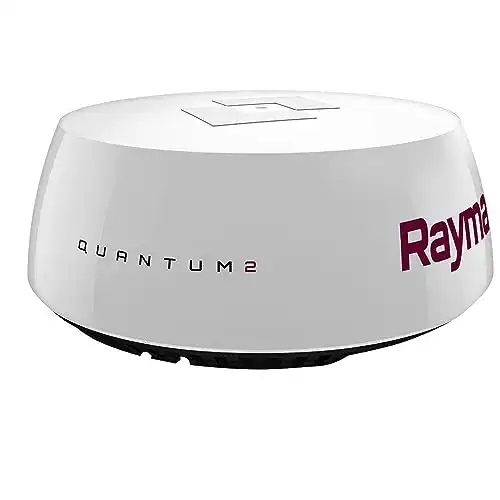
Fishermen, it’s time to purchase a new marine radar!
There are quite a few manufacturers with multiple options of marine radar on the market these days. Open Array vs. Dome Radar is a common debate among fishermen. Which one should you choose for your boat?
We know that making the right decision is essential for purchasing new marine electronics for your boat. Not only because of the pretty penny you have to pay for marine radar but also because of safety and navigation concerns, you want to make sure you purchase the right one. That’s why we’ve put together this article comparing the two types of marine radars – so you can make an informed decision before buying.
Keep reading to find out which type of marine radar is best for you!
Key Differences Between Open Array and Dome Radar
- The smaller horizontal beamwidth of an Open Array radar makes it possible for targets close together to be discriminated as separate objects rather than possibly looking like one giant blob with a radome.
- Open array marine radar requires more power compared to the radome. Supplying enough DC battery for an open array radar may present issues for smaller vessels.
Considerations

What size boat do you have?
Radar domes typically measure between 18 and 24 inches in diameter, while most recreational open arrays measure between 4 and 6 feet from one end of the antenna.
Moreover, open arrays spin, so the surrounding space must allow for rotation. Any other gear on your t-top may stop you in your tracks and force you to go with a dome radar. Think about if you have enough clearance to fit an open array and outriggers, anchor lights, VHF antennas, and other gear that may be present above the helm.
A center console under 28′ may be eliminated from the prospect of an open array setup just from lack of space. On the other hand, a 48′ Sea Ray will have no issue when it comes to room and can begin to consider other factors that we will touch on below.
What is your intended use? Do you even need marine radar at all?
Once you have figured out whether or not your vessel has enough room for the open array, consider what you intend to use the radar for. The overwhelming majority of boat owners with radar intend to use it to avoid collisions with other vessels, especially when navigating during nighttime and long-range navigation.
Offshore fishermen often seek out radar to help identify birds feeding on the surface of the water and spot incoming fronts, and avoid collisions while making long runs in the dark.
If you are an inshore fisherman mainly fishing in well-marked channels and waterways, you may find that marine radar is not necessary for your type of fishing.
Are Your Electronics Compatible with Radar?
The radar compatibility with your Chartplotter and GPS/fishfinder combo can be an essential question. As many as six out of ten popular models today, including the Garmin echoMAP series, Lowrance Elite Series, Simrad GO7, and the B&G Vulcan, cannot sync up with your radar via the NMEA2000 network!
Whether or not a certain MFD will be compatible will seem obvious in most situations, but be sure to verify before trying to pair radar to your current marine electronics setup. Going with the same manufacturer for all marine electronics will yield the highest chance of full integration. For example, suppose you have Raymarine MFDs and a Raymarine Open Array. In that case, you will be able to seamlessly integrate those units with FLIR thermal cameras, Raymarine VHF, Raymarine Autopilot, etc.
Power Capabilities
A traditional “pulse style” radar ranges from 4kW to 25 kW. A 4kW output will give you a range of about 50 nautical miles. Open arrays, however, are capable of higher power outputs. Manufacturers like FURUNO offer Open Arrays that can reach up to 100kW. This will give you a maximum range of about 240 nautical miles.
Pulse Radar vs. Solid State
Marine radar operates by emitting a pulse of microwave energy and then detecting the reflections from objects in the environment.
Pulse radar systems use a high-powered transmitter to generate brief pulses of energy. The transmitter is then switched off, and the receiver is turned on to detect any reflections that may have occurred.
Solid-state radar systems, on the other hand, use a continuous wave transmitter that emits a constant stream of energy. The receiver is then used to detect any reflections that occur. There are several advantages and disadvantages to both pulse and solid-state radar systems.
Pulse radar systems are more effective at detecting smaller objects, such as buoys or other vessels. However, they are also more likely to be confused by waves or other environmental noise. Solid-state radar systems are not as effective at detecting small objects, but they are less likely to be confused by environmental noise.
Our Picks For The Best Dome Radar
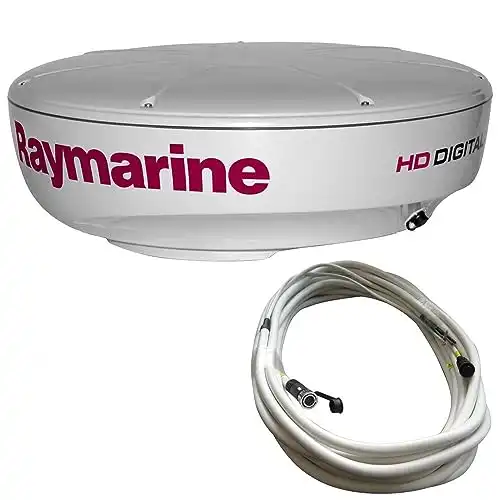 $3,099.99Shop on Amazon
$3,099.99Shop on AmazonThis simple plug and play technology, with a multi-level 256 color display offers top performance at a reasonable price.
04/02/2024 02:54 pm GMT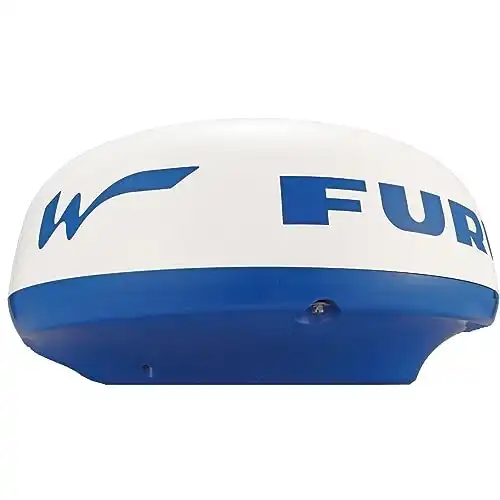 4.5$1,149.29Shop on Amazon
4.5$1,149.29Shop on AmazonOn the low end of the price scale, the Defender is a modestly priced unit that still delivers the basic features you’ll need in a marine radar.
04/02/2024 03:05 pm GMT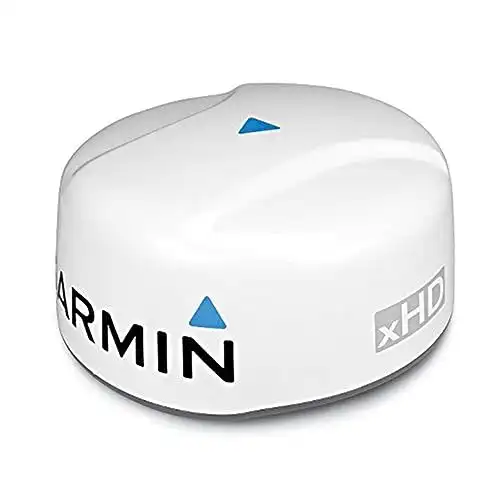 4.0Shop on Amazon
4.0Shop on AmazonThe Garmin GMR 18HD+ is reasonably priced, and while it doesn’t have the features and functionality of a Quantum 2, it doesn’t have a huge price tag either.
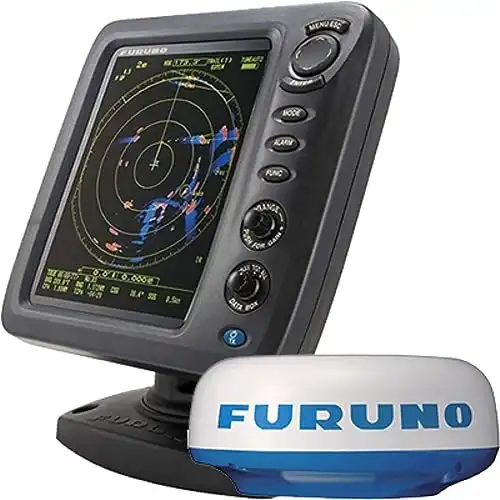 4.5$2,494.99Shop on Amazon
4.5$2,494.99Shop on AmazonSometimes you just want the basic features of an electronic device devoid of all the bells and whistles generated by marketing groups that are trying to sell a product, rather than deliver a high quality one.
04/02/2024 03:13 pm GMT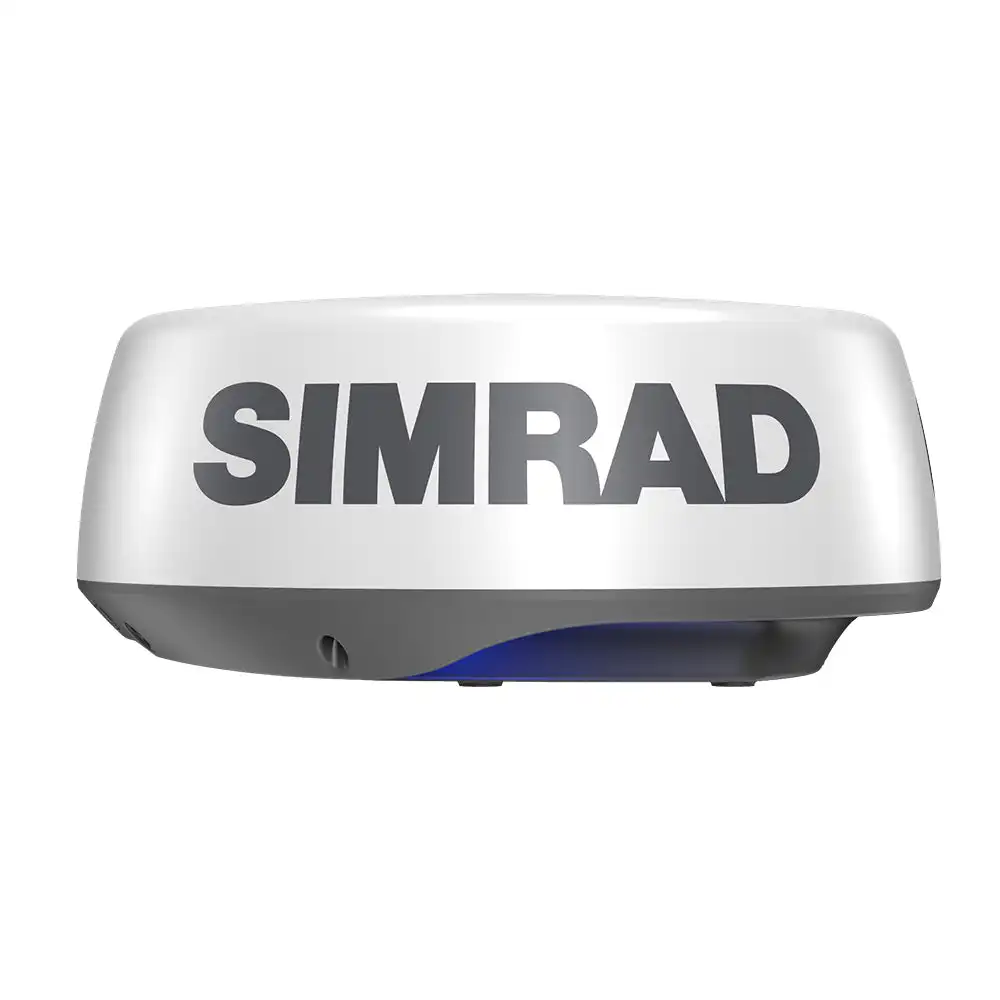 4.5$1,898.99Shop on Amazon
4.5$1,898.99Shop on AmazonThe Halo 20+ has a bird mode, harbor mode, tracks weather, and locates other boats as they move around you. What more could you ask for in a personal radar device?
03/31/2024 04:43 pm GMT
Our Picks For The Best Open Array Radar
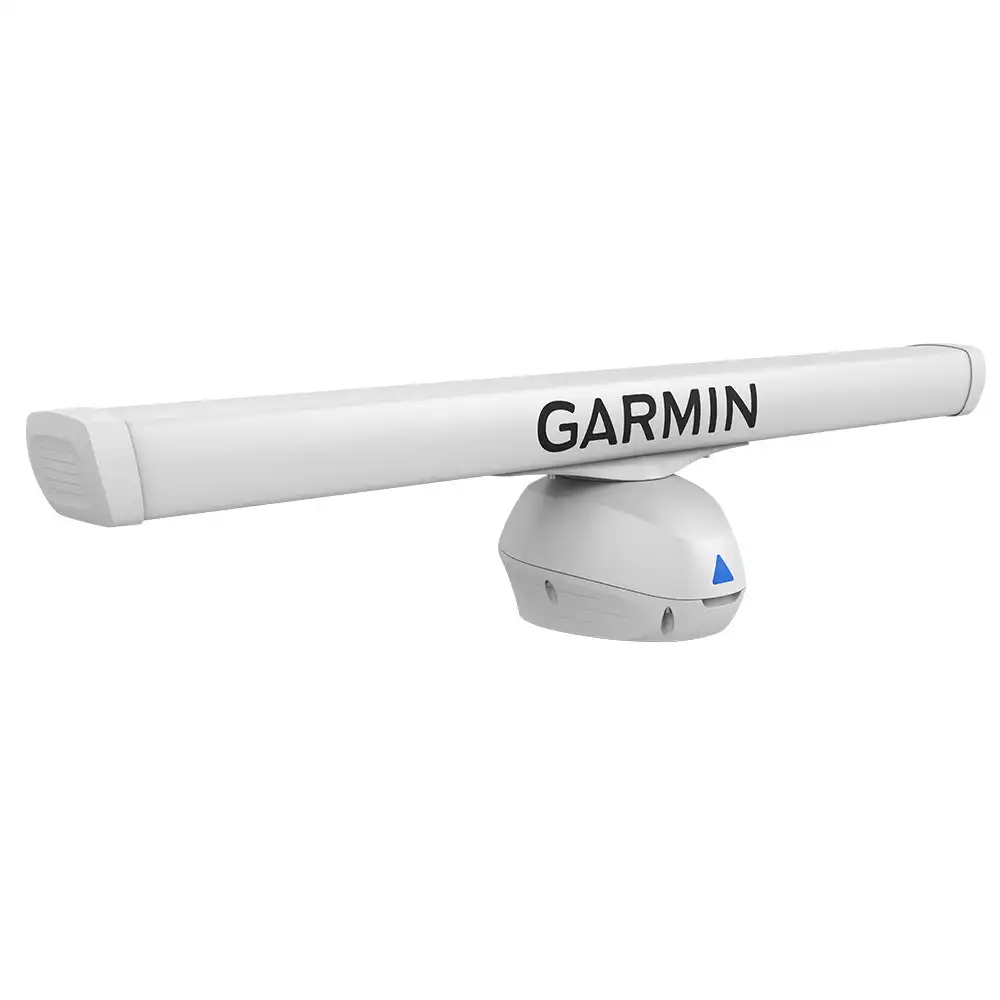 5.0Shop on Amazon
5.0Shop on AmazonFeaturing 120W of power, GMR Fantom 126 is our most powerful 6’ solid-state radar. It uses MotionScope technology to detect and highlight moving targets in different colors, which helps you avoid potential collisions, find flocks of birds and track weather. It includes Pulse Compression technology that provides high-resolution imaging and maximizes energy to help you detect and identify targets. It has a detection range of 20’ to 96 nautical miles.
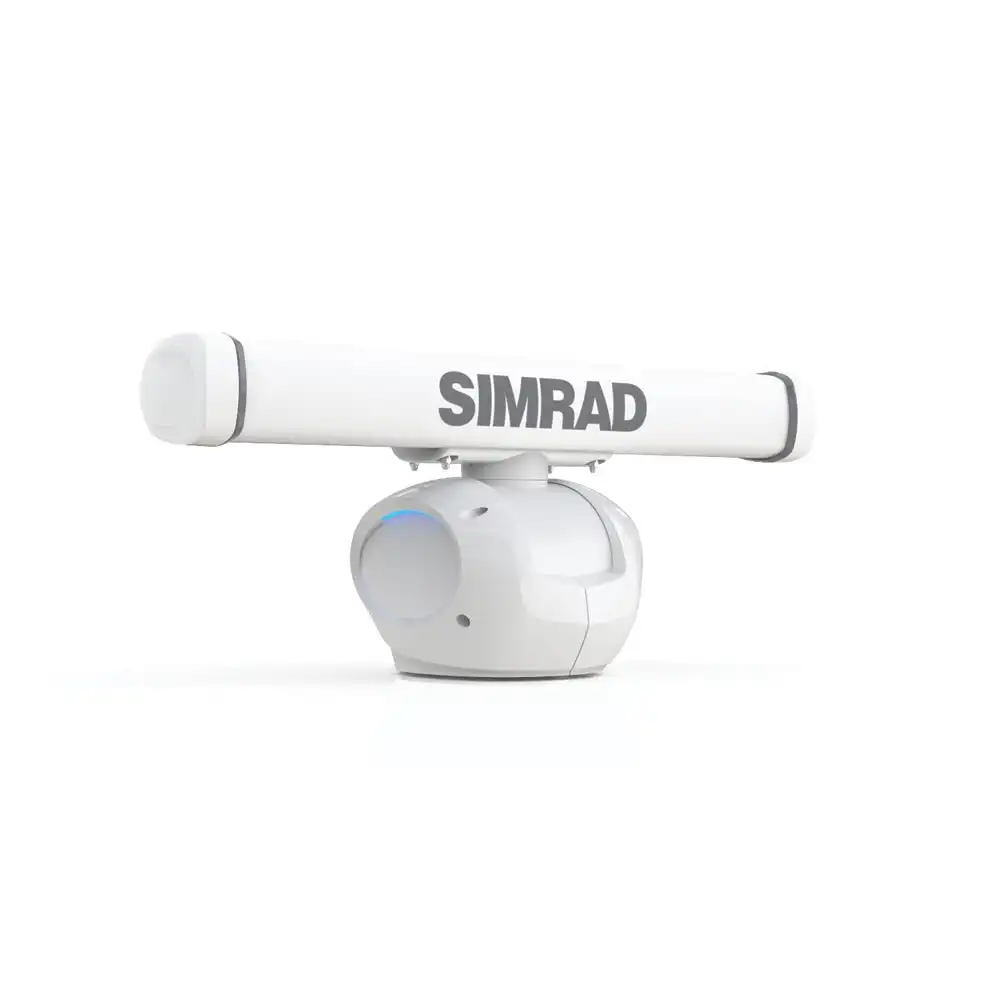 5.0
5.0Combining the best characteristics of traditional pulse and FMCW broadband radar systems, Simrad's Halo Radar uses Pulse Compression technology to provide an unprecedented mix of long and short detection range, high target definition, and minimal clutter. Solid State technology means minimal warm-up time and maximum ocean-going reliability, while compliance with upcoming Low Emission standards makes Halo Radar safe to run in anchorages and marinas.
Shop on BluewaterSave 10% W/Code "10Radar" @ Bluewater Boat Supply: 5.0Shop on Bluewater
5.0Shop on BluewaterThe DRS6ANXT leverages the same pulse compression and Doppler frequency shift sensing technologies featured in the DRS4DNXT, as well as offering the same simplified connection with TZtouch and TZtouch2. Additionally, the DRS6ANXT offers direct connection to 12VDC power for cable runs up to 10 meters (standard supply), without the need for an external power supply. With the introduction of the new DRS6ANXT, your recreational and commercial customers now have Furuno Solid State Radar options, ranging from a 24" Radome (DRS4DNXT) to a 6-foot Open Array (DRS6ANXT), providing the perfect NXT generation solution for vessels of all shapes and sizes.
Open Array vs. Dome Radar Conclusion
Open Array
When it comes to Open Array vs. Dome Marine Radar, we can break the benefits into performance, features, and installation.
Performance: Open Array radar scans the water faster and has a narrower beamwidth than dome radar. This makes it easier to see small objects close to each other and targets at a farther distance.
Features: Open Array marine radar typically has more advanced features than dome radar, such as motion tracking and weather overlay.
Installation: Open Array radar takes up more space on your boat than dome radar. It must be mounted on a pole and has a spinning antenna, so you need to ensure enough clearance around your helm.
Dome Radar
Performance: Dome radar scans the water slower than Open Array radar but has a broader beamwidth. This option is ideal for small vessels as it takes up less space on-board.
Features: Dome marine radar typically has fewer advanced features than Open Array radar. However, it does offer most of the basic features one would hope for, such as a storm tracker.
Installation: Dome Radar is much easier to install than Open Array radar. It simply needs to be attached to the top of your vessel and does not require any mounting pole in most situations.
When it comes to Open Array vs. Dome Marine Radar, there are several factors you need to consider before making a purchase. Consider your intended use, compatibility with current marine electronics, and your budget.
For more guidance on choosing marine radar and other marine electronics, check out the pages below:

